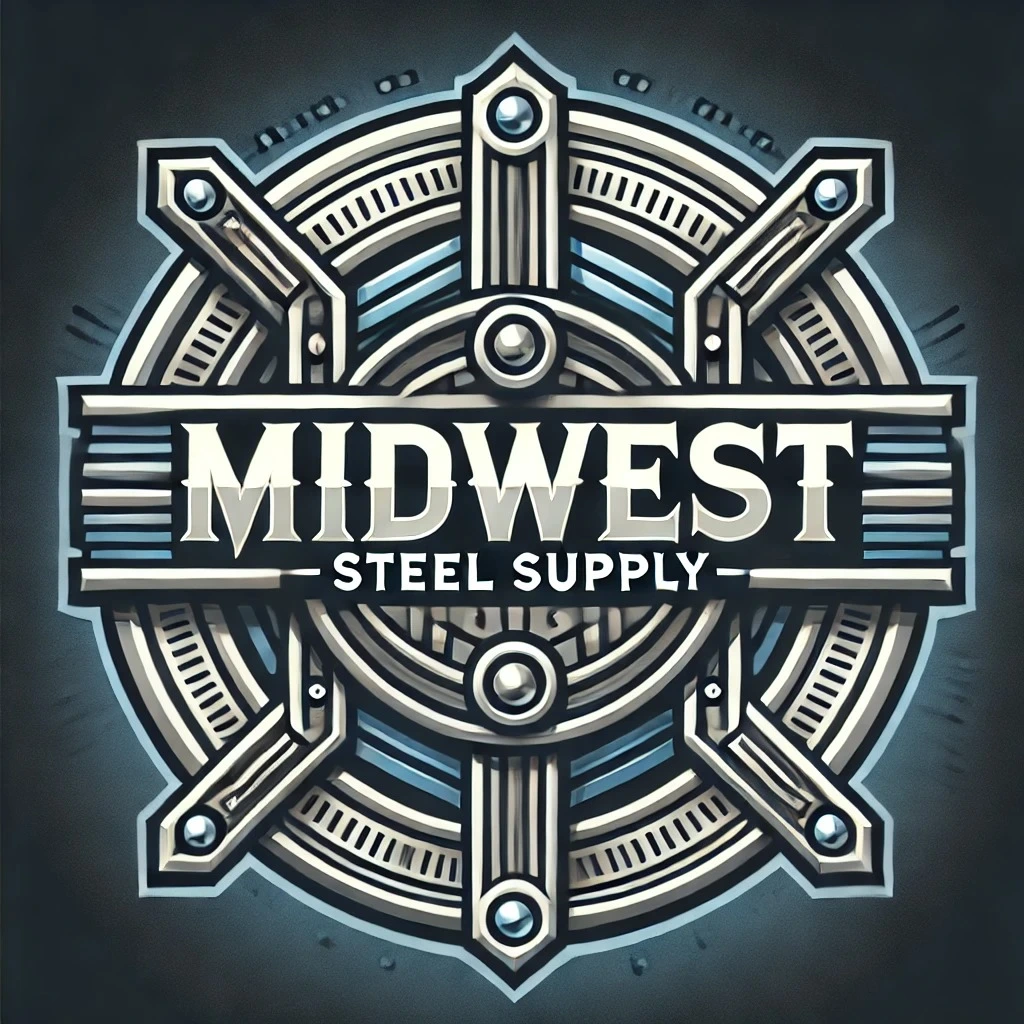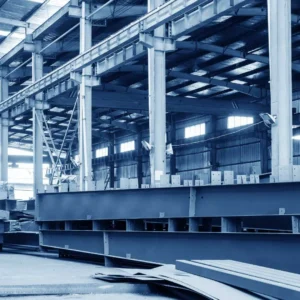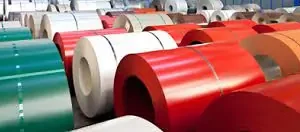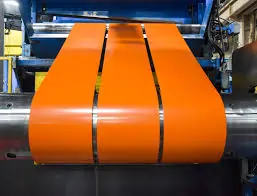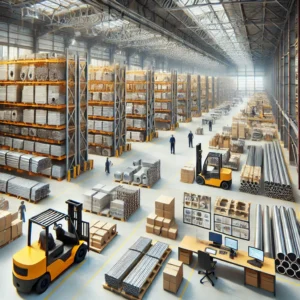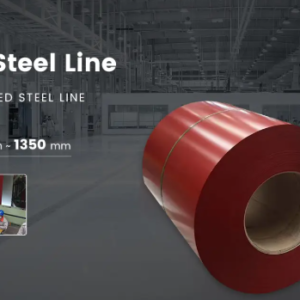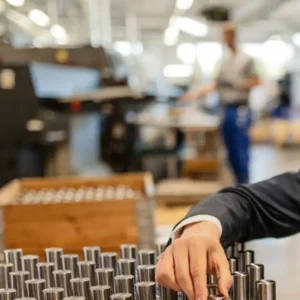American Steel: Metal Processing Machinery and Industrial Strength
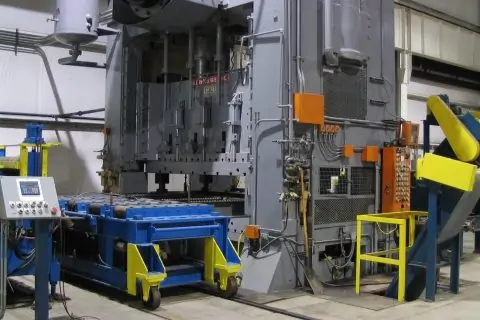
The American steel industry has long been the backbone of national infrastructure, manufacturing, and economic growth. Central to its continued evolution is the development and deployment of advanced metal processing machinery. These machines form the core of modern steel production — from initial rolling and shaping to finishing and fabrication.
This article explores the importance of metal processing machinery in the U.S. steel industry, key types of machines used, and how American manufacturers remain competitive through automation, precision, and innovation.
The Role of Metal Processing Machinery in Steel Production
Metal processing machinery refers to the equipment and systems used to cut, shape, form, and finish metal materials, including carbon steel, stainless steel, and aluminum. These machines help transform raw steel into usable products like sheets, coils, bars, beams, and complex components.
In the U.S., these machines are critical across industries such as:
-
Automotive and aerospace manufacturing
-
Building and infrastructure development
-
Oil, gas, and energy
-
Shipbuilding and defense
-
Appliance and machinery production
Common Types of Metal Processing Machinery in American Steel Plants
1. Rolling Mills
Rolling mills reduce the thickness of steel and shape it into coils, plates, or bars. Hot-rolling and cold-rolling mills are used at different stages of production. These machines help achieve specific tolerances, surface finishes, and mechanical properties.
2. Cut-to-Length Lines
These machines uncoil steel and cut it into sheets of specified lengths. They’re essential for preparing steel for use in construction, appliances, and shipbuilding.
3. Slitting Machines
Slitters slice wide coils into narrower strips. Precision slitting is critical in industries like automotive manufacturing, where tight width tolerances are required.
4. Shearing Machines
Hydraulic or mechanical shears are used to cut sheet metal with clean, straight edges. These machines handle everything from light-gauge stainless steel to heavy-duty carbon plate.
5. Levelers and Flatteners
Used to remove curvature or distortion from coils and sheets, these machines ensure the metal lays flat for welding, forming, or further fabrication.
6. Press Brakes and Forming Machines
Press brakes bend and form sheet metal into specific shapes and components. These machines are widely used in manufacturing enclosures, brackets, channels, and custom structural parts.
7. CNC Laser and Plasma Cutters
Computer-controlled cutting machines provide precise, intricate shapes for steel parts. Laser and plasma systems reduce waste, improve cutting speed, and enhance design flexibility.
8. Coil Processing Lines
These lines combine multiple processes, including uncoiling, leveling, slitting, and recoiling, into one continuous operation. They’re ideal for high-volume production environments.
Advantages of Modern American Metal Processing Machinery
American steel manufacturers and service centers invest heavily in state-of-the-art equipment to remain globally competitive. Here are some key benefits of today’s machinery:
-
Increased Automation: Reduces labor costs and human error while improving consistency.
-
Greater Precision: Tight tolerances and clean finishes are crucial for high-spec applications.
-
Higher Throughput: Advanced machines increase production speed and reduce downtime.
-
Energy Efficiency: Modern systems are designed to reduce energy usage and environmental impact.
-
Customization: Flexible tooling and programming options allow for tailored production.
Supporting the American Steel Supply Chain
Metal processing machinery isn’t only used in steel mills — it’s also vital in steel service centers, fabrication shops, and manufacturing plants. These facilities prepare steel for end-users across the country, offering services such as:
-
Coil slitting and shearing
-
Plate and sheet cutting
-
Welding and assembly
-
Custom fabrication and forming
-
Heat treatment and finishing
Companies like Steel Warehouse, Olympic Steel, and Ryerson operate major service centers equipped with high-end processing machinery, helping reduce lead times and improve quality control for American industries.
Conclusion
Metal processing machinery is the engine that powers the American steel industry. From rolling and slitting to cutting and forming, these machines transform raw steel into essential components that build bridges, vehicles, machines, and cities.
With ongoing investments in automation, precision technology, and skilled labor, the United States remains a leader in steel processing innovation — ensuring that American steel continues to support economic development and industrial resilience across the globe.
